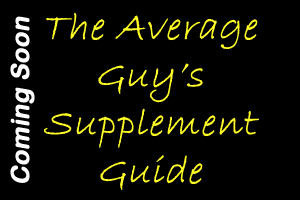 Training volume is another one of the training variables that can be manipulated to avoid adaptation. Volume is a principle aimed directly at the number of sets and repetitions you complete during a training session. There are generally two schools of thought on this issue and we will examine both of them during out discussion.
Training volume is another one of the training variables that can be manipulated to avoid adaptation. Volume is a principle aimed directly at the number of sets and repetitions you complete during a training session. There are generally two schools of thought on this issue and we will examine both of them during out discussion.
Appropriate Repetiton Range
One way that the training volume principle has been utilized is sticking to a set number of repetitions depending upon your goal. The belief is that between 1 and 5 repetitions is for strength gain. If you stick between 6 and 8 repetitions, that is best for strength and a little hypertrophy. By going between 8 and 12 repetitions you are focused more on hypertrophy, but a little bit of strength. Finally, if going between 13 and 20 repetitions you are mainly focused on endurance with a small amount of hypertrophy.
What people tend to do with their training volume is change between the various repetition ranges at certain times of their training cycles. This keeps the body guessing and is a hugely beneficial way to use the training volume variable to keep your body guessing.
High Intensity Training (HIT)
HIT training is another way that the volume principle is utilized. It is pretty controversial, but from personal experience, I can tell you it works.
HIT devotees generally do one set of an exercise and they take it to failure. Beware as this is commonly misconstrued as one set per body part and that is not true. This training volume principle is based on the idea that you need to recover in order to grow. By hitting the muscles with one set per exercise (taken to complete failure) you are not digging as deep a hole for your muscles to climb out of as you would with the repetition range concept of training volume, so you are able to recover and train each muscle group more frequently.
The HIT approach seems to work strictly because of recovery. This training volume principle works your entire body hard 3 times per week (maximum). While it seems counter-intuitive the more you learn about training, it is a great principle. It also gets you out of the gym faster and new research is showing that shorter workouts are better.
Conclusion
You should utilize both training volume approaches in your training. Utilize the Experiment of One to get your body fine tuned. Can you tell us how you are currently manipulating the training volume variable to maximize your training results? Leave us a comment below.
